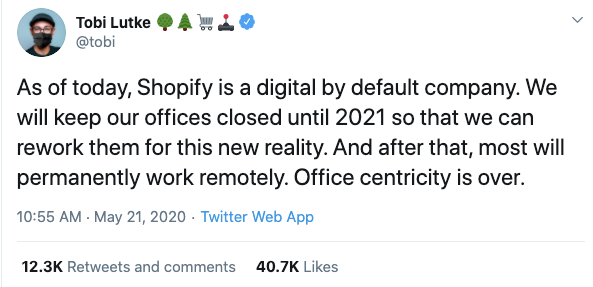“Can you hear me?”
“See my screen?”
“Good.”
*Thumbs Up*
With the efficiency of a Nascar pit crew, working from home for many in corporate America has become routine.
Since lockdown orders began, ZoomInfo has been tracking the adoption of technologies that help companies conduct business remotely. Earlier in the year, we covered how the adoption of digital tools — specifically web conferencing — coincided with shut down and social distancing orders.

Now, we’re seeing a second wave of digital tool adoption of E-signature and payroll services as businesses move an increasing number of core functions online. To survive, the adoption of digital tools has become almost essential. Businesses, in all industries of all sizes, are faced with a pandemic that’s unlikely to disappear before 2021.
Finding proven solutions that are quick and easy to implement for working remotely w has proven essential for businesses’ survival, and has caused some technologies to see unprecedented growth.
Clear Winners
On March 21, Shopify’s CEO Tobi Lutke declared that “office centricity is over.” Clearly, he was on to something. Google, Salesforce and Zillow all announced they wouldn’t be open till 2021.
In March alone, instances of Zoom Video tripled in ZoomInfo’s database. More announcements in the same vein would trickle in from companies like Twitter, Facebook, and Upwork that employees could permanently work remotely. Three months after Mr. Lutke’s tweet, the adoption of Zoom Video more than doubled.

Over the last 6-months, all web conferencing tools have seen outstanding growth. Webex grew more than 162% and GoToWebinar grew ~310%, but Zoom far outpaced competitors, growing over 1,181%. In May, we dug into what explains Zoom’s success during the pandemic. As Zoom grew in popularity, it became the go-to tool for businesses looking to implement web conferencing. This has created a cycle where its position from upstart to leader continues to be reinforced.

Figure 1:
In the past six months, web conferencing tools have seen continuous growth. Zoom Technologies, in particular, far outpaced its competitors, growing over 1,181%.
Source: ZoomInfo
As a result of social distancing, the growth of web conferencing in the first three months of 2019 was unprecedented but largely expected.
The second wave of adoption continues to show significant increases in web conferencing but incorporates more back-office tools like payroll and E-signature while coming from non-coastal regions.
But Wait. Web Conferencing Isn’t the Only Story
Back office business operations — like payroll and signatures — were slower to go digital at the start of the pandemic but quickly became moved online as time passed.
In the first quarter of 2020, Docusign and ADP increased ~50%. From the end of May to the end of June, Docusign grew ~52% and ADP grew 75%, outpacing all other examined technologies.

Figure 2: E-signature and payroll software saw a spike in June after a steady increase in adoption in the months since shut down order began.
This increase shows a marked shift in companies moving from collaborating remotely to establishing core business functions online.
While web conferencing may be emblematic of the impact social distancing had on office life, this shouldn’t obscure how important the adoption of payroll and E-signature software has been overall. Comparing the adoption of Zoom Video Conferencing to ADP, it’s evident that both have seen tremendous growth over the last few six months.

Figure 3: Although web conferencing has seen tremendous growth, we’re starting to see the second wave of adoption of HR and E-signature tools.
Web conferencing was an immediate need for many businesses, but as the timeline till “return to normal” stretches to “indefinitely TBD,” companies continue to move more functions online.
As companies adopt technologies based on need, business location and the degree of shutdown orders in that region had an impact on adoption in the last six months.
Geography is Fun
As lockdown measures moved across the country, technological adoption followed suit. Businesses based in the northeast adopted web conferencing 6.5X more in March compared to February, while states in the southeast saw a 5.5X increase in adoption. In April, the rate of adoption of web conferencing flattens in the northeast, while accelerating in the midwest.

Figure 4:
The adoption of web conferencing by businesses in the northeast was 6.5X more in March compared to February, while states in the southeast saw a 5.5X increase in adoption. In April, the rate of adoption of web conferencing flattens in the northeast, while accelerating in the midwest.
Source: ZoomInfo
For many, the ubiquitousness of web conferencing has been the most culturally significant technological adoption since the pandemic. For businesses, however, some more fundamental processes such as electronic signatures and electronic payroll software, have also changed.
What’s Next?
No matter what business you’re in, the pandemic has likely affected how and where you work. It’s going to change even more aspects of work-life, such as how customers sign contracts, how employees get paid, and how co-workers collaborate.
The digitization of American business is a long-standing trend accelerated by a global pandemic. We don’t know when the office will reopen, but when it does, we will have spent months clicking “I accept” when signing up to a whole suite of new digital tools.


